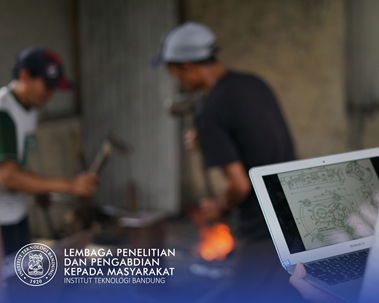

Judhi Santoso
A common strategy for frontier exploration is to select the closest frontier as the next exploration goal. This strategy, while being simple to implement, has some drawbacks. This is because there is only one metric used, i.e. the distance of the frontier to the robot. Often, there might be more than one frontiers that have similar distances. In some other cases, the frontiers are just not significant enough to be visited. These might lead to a less optimal path to be taken by the robot. One solution to reduce this effect is by taking into account an additional metric to evaluate the frontiers. An information gain value can prevent the robot to visit insignificant frontiers. Frontier Exploration is an autonomous exploration method first introduced by Yamauchi. It was originally implemented as the exploration component for Nomad 200 mobile robot which is equipped with a laser range finder, 16 sonar sensors, and 16 infrared sensors. The data from these sensors would be combined to build an occupancy grid. The main idea of frontier exploration is in order to gain the most new information about the environment, move to the boundary between open space and unknown territory . A frontier is defined as a boundary that separates open spaces and unexplored spaces. It is useful to define the following terminologies: - Unexplored space is the region that has not been covered or mapped by the robot's sensors. It is also called unknown space. - Open space is a known region that does not contain obstacle. Occupied space is a known region that contains obstacle.
Penerapan Karya Tulis
A common strategy for frontier exploration is to select the closest frontier as the next exploration goal. This strategy, while being simple to implement, has some drawbacks.